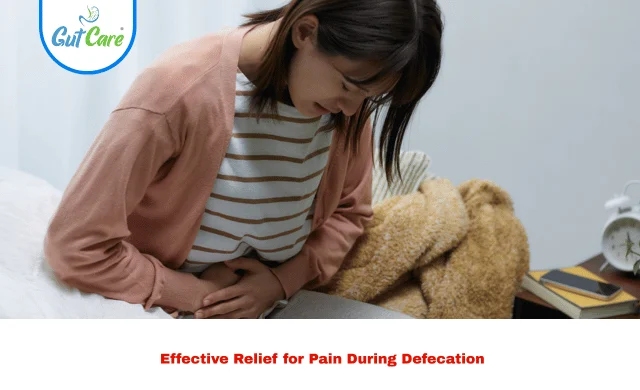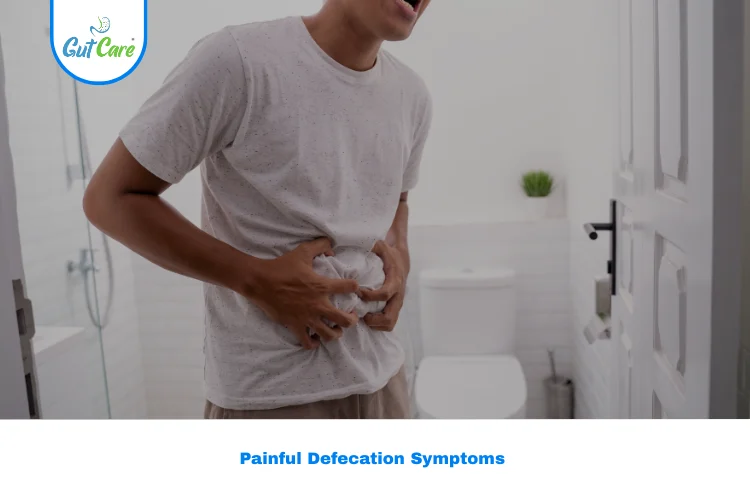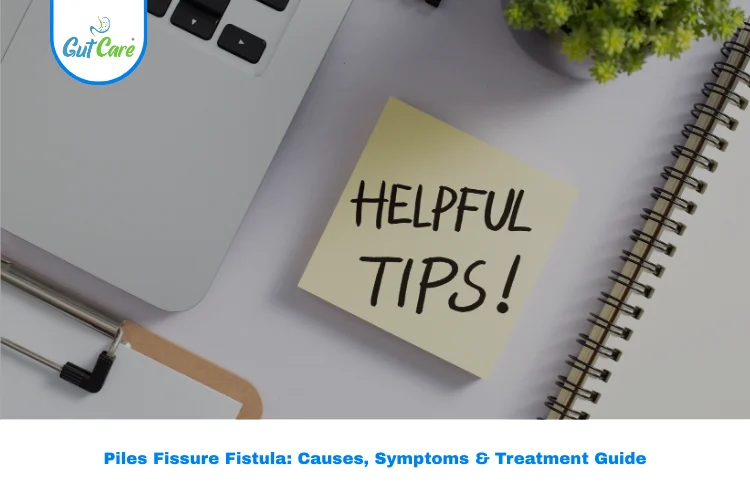When a Tiny Tear Feels Like a Big Problem…
If you’ve ever felt a sharp, burning pain during or after passing stool, followed by a streak of bright red blood — it might not be piles. It could be something else entirely: an anal fissure.
This common but painfully underestimated condition can interrupt your day, mood, and even your confidence. Let’s break it down — from fissure meaning to symptoms — so you know what’s happening and when to act.
What Is an Anal Fissure?
An anal fissure is a small tear in the thin, delicate lining of the anal canal. Think of it like a paper cut — but in one of the most sensitive areas of your body.
These fissures often occur due to trauma to the anal passage during bowel movements, especially when stool is too hard, dry, or forceful.
What Causes an Anal Fissure?
Understanding the anal fissure causes can help you prevent this painful condition. The most common anal fissure causes include:
1. Chronic Constipation
Dull or hard stool places too much pressure on the anal canal as it moves through, putting the lining more at risk of tearing.
2. Straining During Bowel Movements
Too much straining, generally caused by constipation or incorrect toilet habits, adds to anal canal pressure and fissures.
3. Frequent Diarrhea
Though constipation is generally blamed, frequent loose stools also inflame the anal lining and result in fissures.
4. Low-Fiber Diet
Fiber makes stool softer and easier to pass. If there is not enough fiber, stools become dry and painful, and tears are more likely.
5. Tight Anal Sphincter (Hypertonia)
Some individuals tend to have tighter anal muscles by nature, which reduces blood flow and slows healing. Tightness also raises the likelihood of tears.
6. Childbirth Trauma
Women can get anal fissures after vaginal delivery as a result of pressure and strain on the rectal area.
7. Inflammatory Bowel Diseases
Such conditions as ulcerative colitis may inflame and thin the anal lining so that it is more prone to fissures.
8. Post-Surgical or Trauma-Related Tears
Such fissures occur in very rare instances following anorectal surgery or direct trauma to the region.
Common Anal Fissure Symptoms You Shouldn’t Ignore
Anal fissures may mimic other rectal conditions like hemorrhoids, but there are some distinctiveanal fissure symptoms to watch for:
1. Intense Pain When Having Bowel Movements
Pain is the most frequent and characteristic symptom. It is usually a sharp, burning, or tearing pain that is experienced during or immediately after passing stool. It can persist for minutes or even hours.
2. Visible Bleeding in the Anal Region
You should see a small cut or crack about the anal opening if you carefully look at the area (usually recommended by physicians when they are diagnosing).
3. Bright Red Bleeding
A small quantity of bright red bleeding on the toilet paper, in the toilet bowl, or on the stool is normal and painless.
4. Itching and Irritation
Recurring discomfort can cause itching or burning on and around the anus, particularly after wiping or extended sitting.
5. Muscle Spasms
Spasms of the anal sphincter muscle may occur involuntarily, which can cause the pain to feel deeper and sharper.
6. Sentinel Pile (Skin Tag)
In chronic conditions, a small skin tag or swelling can form beside the tear. This is commonly confused with a hemorrhoid.
7. Fear of Using the Toilet
Because of the discomfort involved, many people will unwittingly avoid having bowel movements, causing worsening constipation and a vicious cycle.
Are You at Risk?
While anyone can develop an anal fissure, certain individuals are more prone:
- People with poor dietary fiber intake
- Adults with sedentary lifestyles
- Postpartum women
- Individuals with IBS or Crohn’s disease
- Children and infants (yes, they get fissures too!)
Final Word: Listen to Your Body
Ignoring an anal fissure may permit it to become chronic, give rise to recurring pain, or even result in complications such as fistulas. The earlier you identify the signs and know the reasons, the quicker you can recover — more often than not with easy lifestyle modifications or medical intervention.
FAQs
1. What does an anal fissure feel like?
A sharp, burning pain during or after bowel movements, often described like a paper cut.
2. What is the most common cause of anal fissures?
Hard stool and straining during constipation are the most frequent causes.
3. Can anal fissures heal on their own?
Acute fissures often heal with diet changes and sitz baths, but chronic ones may need medical help.
4. How do I know if my fissure is chronic?
If symptoms last more than 6 weeks, it’s considered chronic and may require surgery or laser treatment.
5. Is bleeding normal in anal fissures?
Yes, bright red bleeding during bowel movements is a common symptom.




